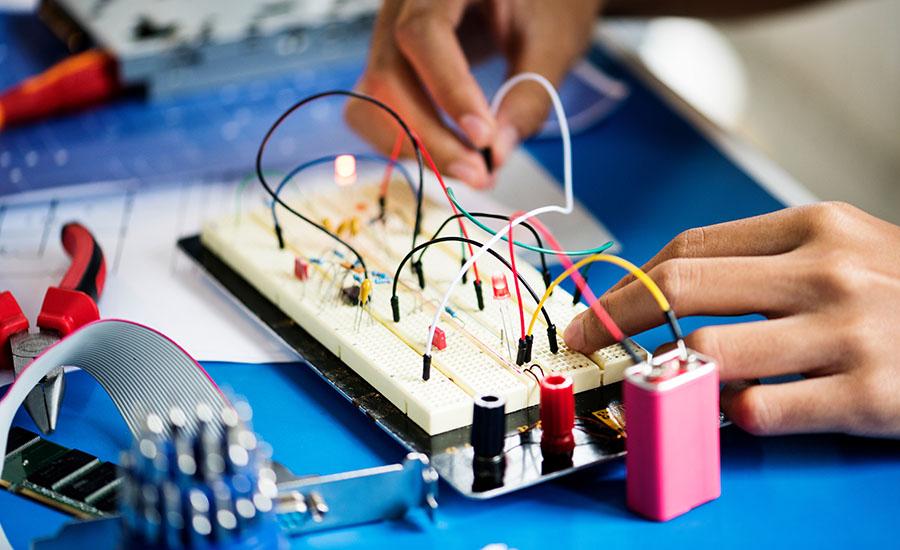
Clever Scientist: Electric Circuits
This STEM lesson is designed to explore electrical circuits and engage in a hands-on activity to create, label, and identify the differences between parallel and series circuits.
Students will develop and use a model that explains how energy is moved or transferred from place to place through electric currents. While they construct circuits to create electricity, they will be analyzing, collaborating and communicating effectively with their partners to complete an engineering design challenge. At the end of this unit, students will be able to independently identify complete and incomplete circuits, suggest ways to fix incomplete circuits, identify parts of a circuit, and create a circuit.
Lesson Grade Level
4th GradeLesson Plan Link/URL
https://docs.google.com/presentation/d/19lO67saEwWZ_hwYn7mUx7xefvg0TlUWnw3aJp_9…Subject Area
Science Physical Science P4: Energy Transfer Engineering S2: Apply the Engineering Design Process S4: Apply Science to Engineering Mathematics Measurement and Data (MD) English Language Arts (ELA) Reading (Informational Text) Writing Speaking & ListeningRelated Content

Zippy the Elf's Zipline Zone
In this creative engineering design lesson, students are challenged to use an inclined plane to create a safe and exciting zipline park for Zippy the Elf. This lesson reviews simple machines and has

In this lesson, students create paper rockets and measure the distance launched. Students are using the engineering design process and are provided time to modify their design in order to increase the

In this multi-day lesson, students will learn about prosthetics, design and build a model of a prosthetic limb, research prosthetics today and then have a Socratic Seminar to both share and debate